Mary Smith Peake (1823 – February 22, 1862), a teacher and humanitarian, is best known for having taught children of former slaves under the Emancipation Oak tree On September 17, 1861, the first educational effort on the grounds of what is now Hampton University at Hampton Roads in Virginia.
Mary Smith Peake was a free citizen of the Commonwealth of Virginia. She was born Mary Smith Kelsey in Norfolk, Virginia. Her father was white and her mother, a free mulatto. When she was six years old, her mother sent her to Alexandria (then part of the District of Columbia) for the purpose of attending school. She remained there in school about ten years until a law of Congress was enacted to the effect that the law of Virginia in relation to free African American people should prevail in the District of Columbia. (This was several years before Alexandria was retroceded to Virginia in 1846). The new law closed all schools for African Americans in that city, as in Virginia (and other Southern states), after the Nat Turner Rebellion of 1831, and prior to Reconstruction after the Civil War, it was unlawful to educate slaves. Thus, Mary was compelled to leave the school in consequence of being informed of as having come from Virginia
. When sixteen years old, having finished her education, she returned to her mother, at Norfolk, where Mary secretly taught slaves for years. She founded an organization called the Daughters of Zion. The focus of this organization was to give assistance to the poor and the sick. She was a member of the First Baptist Church of Norfolk. She supported herself by making clothes and teaching. In 1851, she married Thomas Peake a free African American. They had a daughter named Hattie whom they called “Daisy”.
During the American Civil War (1861-1865), nearby Fort Monroe remained in Union hands, and became a place of refuge for escaped African American slaves seeking asylum, who were commonly refreed to as “contraband.” Mrs. Peake was asked to helop teach, and began doing so on September 17, 1861 under the famous tree, which was located several miles outside of the protective safety of Fort Monroe. Soon, sponsored by the American Missionary Association, she was teaching in the Brown Cottage, the seed from which Hampton Institute (and later Hampton University) would grow. Mary Peake’s school included more than fifty children during the day and twenty adults at night. She became seriously ill but would not rest. On Washington’s birthday in 1862 she died of tuberculosis. In 1863, the Virginia Peninsula’s black community gathered under this tree to hear the first Southern reading of President Abraham Lincoln’s Emancipation Proclamation.
In modern times, the Emancipation Oak is located on the campus of Hampton University in what is now the City of Hampton, Virginia. It is designated one of the 10 Great Trees of the World by the National Geographic Society and is a National Historic Landmark.
Source: African-American Flag

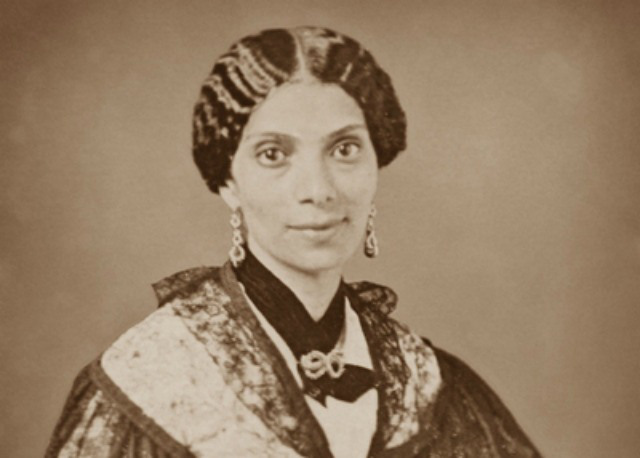



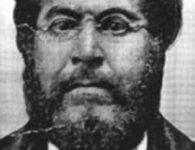
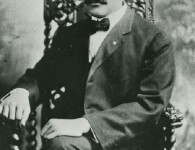

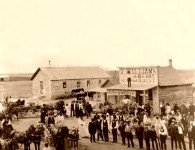
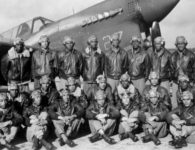
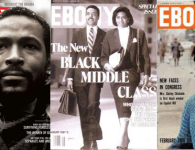
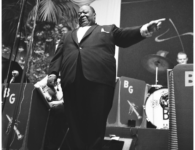
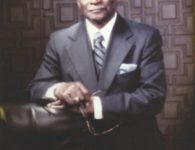
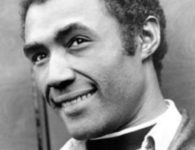
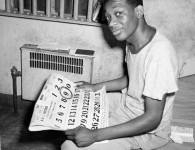
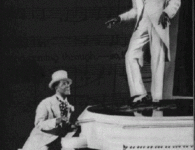

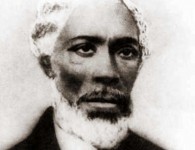


1 Comment
One of two parallel boulevards built exclusively for eligible Africans being denied new housing built by HI[HU) mostly veterans of WWII are named for Mary Peake Blvd and Langston Blvd in Aberdeen Gardens.
After WWII, married African women with degrees were denied teaching positions in Hampton. Now we know why.
Also, the only Black High school, built too small even in 1962, was abruptly closed in 1968 on the flimsy excuse that no persons name could be used on a school the Hampton School Board itself approved earlier. Could it be that too many were obtaining proportionally too many partial and full scholarships to HBCU and prestigious colleges, a source of perpetual embarrassment to racist bigots? By the way, George Perley Phenix was white, established the high school, and “mysteriously” drowns before seeing his dreams realized…
Even Allen Iverson of Aberdeen, overcoming extreme poverty and hardships, attending Bethel High and setting records in several sports and even surpassed Oscar “the Big O” Robertson’s outstanding records is STILL not recognized in his own hometown, and denied recognition there.
Revisionists believe that denying history is denying legacy.